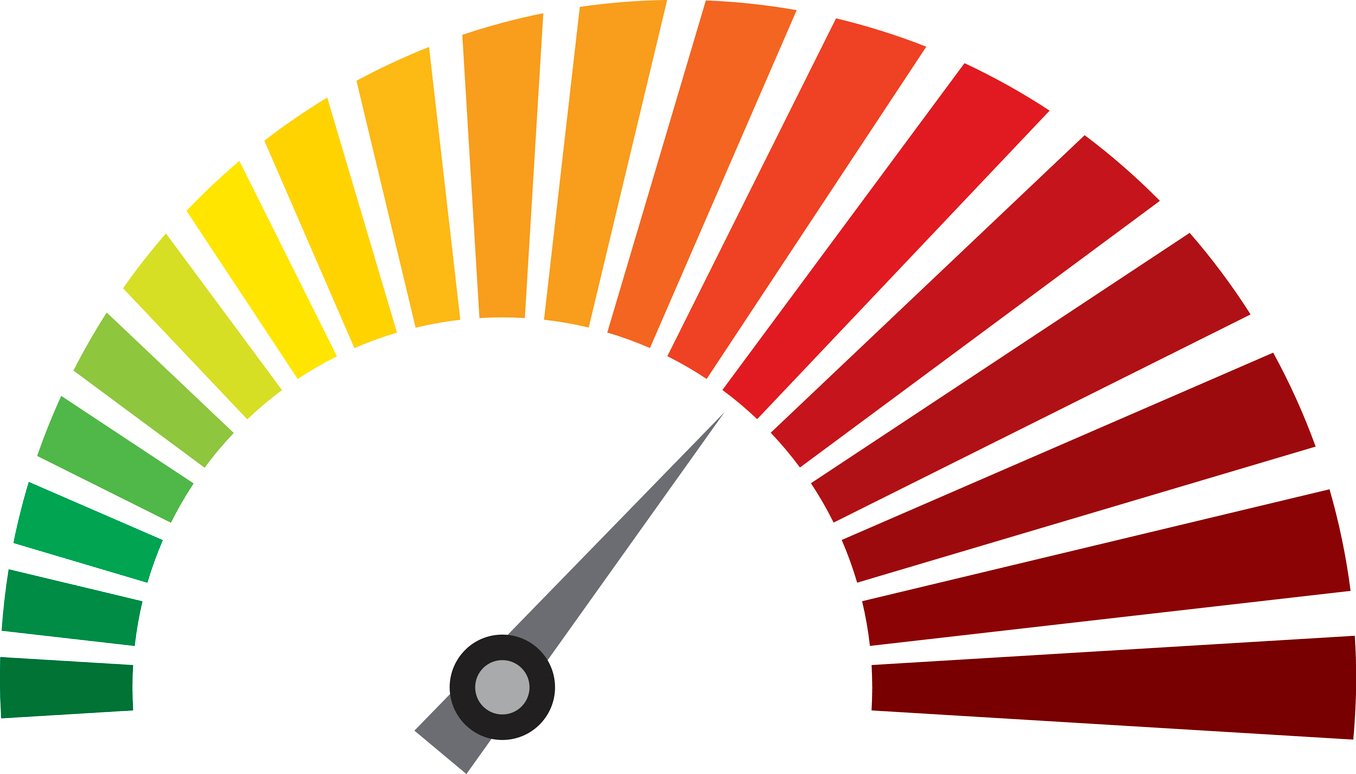WHEEL. OF. ALGOS.
Yep, agency brokerage and technology company ITG has rolled out an approach where various broker dealer algorithms are evaluated, normalized and eventually rewarded for their performance.
How?
 Scott Kurland, ITG
Scott Kurland, ITG
Enter the Algo Wheel. Soft launched by ITG late in 2016, the Algo Wheel is a broker-neutral tool for allocating trades among your broker algorithms in an unbiased, systematic fashion, which allows a buy-side trader to establish a quantifiable method for evaluating and rewarding brokers for good execution performance.
As Scott Kurland, Managing Director for Workflow Solutions at ITG, put it, the Algo Wheel is a pragmatic solution for buy side traders struggling to answer two critical questions: 1. For any given order, am I choosing the optimal strategy? 2. If so, which broker’s algo performs best for that strategy under given market conditions?”
With over 1,600 various algorithmic trading strategies currently available for trading cash equities today, each with its own set of unique inputs and parameters, these are difficult questions. Through ITG’s Algo Wheel, the myriad of different strategies and input parameters are distilled by more than 80% to a manageable range – helping simplify the data results needed to do algo performance comparisons among brokers.
“This is not an algorithm that adjusts dynamically based on changing market conditions or inputs,” Kurland explained. “This is more of a workflow solution that helps simplify and justify the best-ex process. It’s a data-driven broker selection tool.”
The genesis of the Algo Wheel, which is global in nature, stems from the upcoming MiFID II mandate that institutional traders and firms must achieve the best execution possible for clients and be able to explain how a best-ex choice was made. Algo Wheel is designed to assist the buy-side in justifying its broker/order routing choices in a world where there are over 1600 algorithms and countless broker choices. Thus, the Wheel is a way to measure relative broker performance, Kurland explained.
So how does the Algo Wheel work?
First, the process begins with the buyside trader sending an order into the Wheel. The trader picks the desired strategy and parameters for entry.
Next, the Wheel selects a broker to send each order to, based on a set of rules defined by the buy side client. Over time, the idea is that each broker on the Wheel will receive a representative mix of orders across different market conditions, for each strategy.
Once a statistically significant set of order and execution data has been accumulated through the Wheel – typically at least one quarter’s worth of trades, ITG is able to provide the buy-side trader with an unbiased report showing how each broker ranks versus the others on the Wheel, for each strategy.
“The ranking reports enable the buy side trader to provide actionable feedback to each broker - helping them to identify performance patterns for certain order types or market conditions where there might be room for improvement,“ Kurland said. “From there, the trader can decide whether to adjust allocation logic on the Wheel to more heavily weight brokers with better performance, and underweight those with worse performance.”
ITG said that since its launch, the Algo Wheel has collected information on approximately 3 billion shares of electronic trades or $50 billion in notional value. And as this data universe gets larger with time and use, the relative rankings of brokers and their algos becomes even more accurate and valuable to both buy-side client users and participating brokers.
“The buy-side trader can review broker dealer performance and reward those that perform well and reduce exposure to those who don’t perform as well,” Kurland said.
The Algo Wheel is available via ITG’s Triton and third-party OMS/EMS systems.














